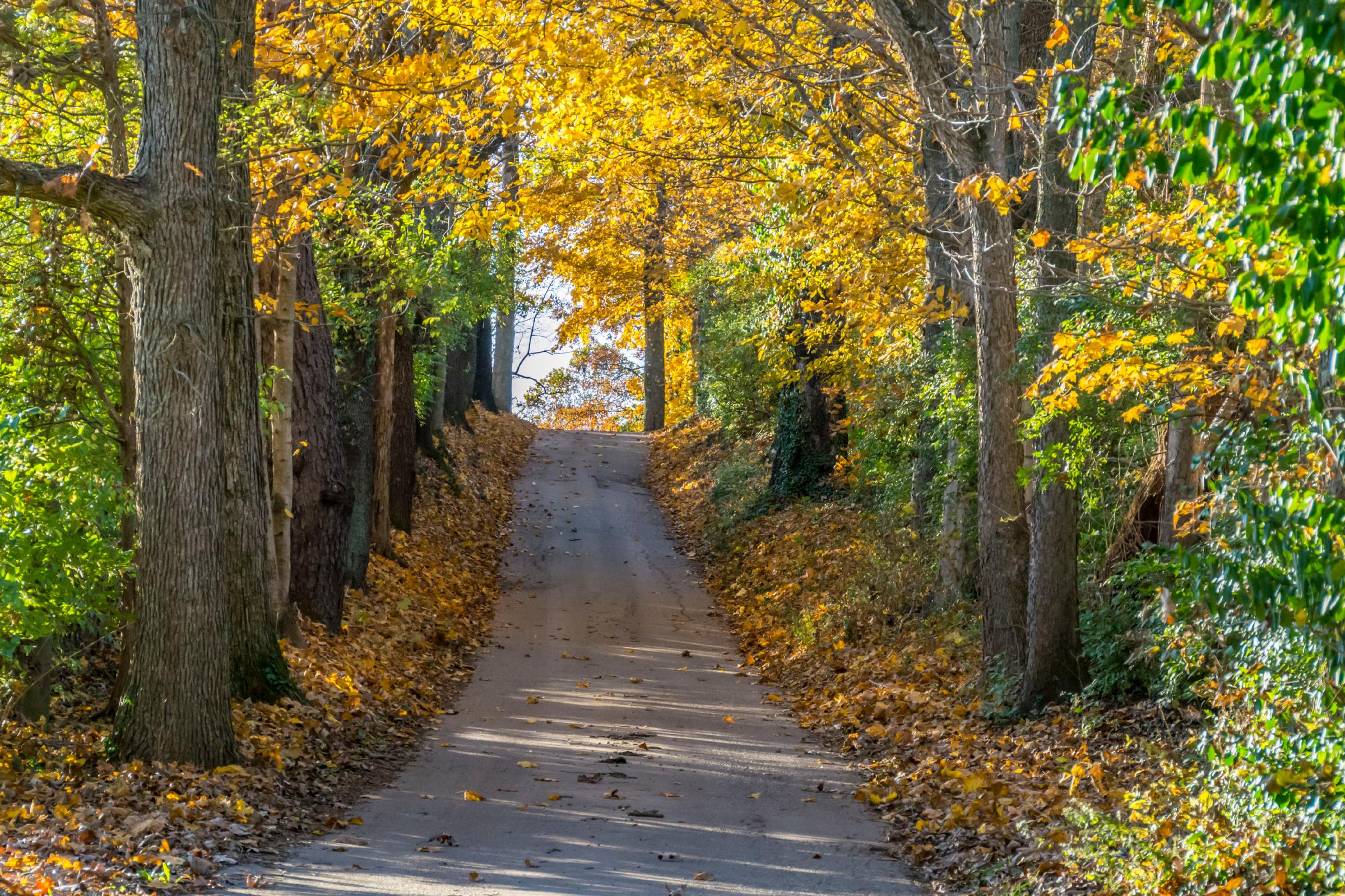
Though Starbucks has been selling its famous pumpkin spice lattes for weeks, fall wasn’t here — until now.
The fall equinox, sometimes called the September equinox, is on Saturday, Sept. 22 this year and will mark the first day of fall for the Northern Hemisphere.
Just in time for the foliage to appear, here’s everything you need to know about the first day of fall, what happens when the season changes and what kind of weather we can expect this year.
When is the first day of fall?
The first day of fall is on Saturday, Sept. 22. Beginning at 9:54 p.m. (E.S.T.), it will officially be autumn for the Northern Hemisphere, according to the U.S. Naval Observatory.
Sept. 22 is the first day of fall because it is when the autumnal equinox — the moment when “a planet’s subsolar point passes through its equator,” according to National Geographic — takes place. In layman’s terms, the autumnal equinox is when the Earth’s equator passes through the sun.
Since it is opposite on either side of the equator, the autumnal equinox faces the Northern Hemisphere away from the sun, while the Southern Hemisphere faces towards it.
For the Southern Hemisphere, the September equinox is actually the vernal or spring equinox. In the Northern Hemisphere, the vernal equinox takes place on March 20, 2018, when it finally becomes autumn in the Southern Hemisphere — which is why the Northern and Southern Hemispheres experience virtually opposite seasons.
What happens during the fall equinox?
The most notable and immediate change with the equinox is that the day and night have equal length, according to the National Oceanic and Atmospheric Association (NOAA). The word “equinox” means “equal night” in Latin.
And, in the north, the Aurora Borealis, or Northern Lights, are in their peak moment of view after the autumnal equinox, according to History.com.
Cultures around the world celebrate the fall equinox in different ways. In the United States, many Native American tribes use the equinox as an indicator for the harvest season, according to Indian Country Today. Outside of the United States, the annual Chinese Harvest Moon festival also coincides with the autumnal equinox.
Certain religious holidays, such as the Jewish celebration of Rosh Hashanah, also coincide with the equinox.
What will the weather be like this fall?
If you felt like the summer’s sweltering temperatures would never end, you’re not alone: this was the fourth-hottest summer on record in the United States, according to the NOAA — tying with the summer of 1934. The month of June was the fifth-warmest on record for the entire world, too.
However, cooler temperatures can be expected in the Eastern United States in October, according to Dr. Todd Crawford, a senior meteorological scientist at The Weather Company, a weather forecasting company. “Although summer 2018 was one of the hottest on record in the U.S., there is little correlation between the summer weather pattern and the fall weather pattern,” Crawford tells TIME.
But, looking into the rest of the fall, Crawford says that warmer-than-normal temperatures may arise due to the El Niño effect. An El Niño is the warming of the ocean’s surface in the Pacific Ocean, the NOAA explains, which creates a warmer climate for the United States.

Why do leaves change color in the fall?
Of course, the hallmark of fall in the Northeastern United States is its gorgeous leaves. But why do green leaves become orange and bronze after the fall equinox?
The reason leaves change color in fall is due to the change of daylight and temperature, according to the College of Environmental Science and Forestry (ESF). Essentially, after the warmer spring and summer months, leaves stop producing chlorophyll, which give them their quintessential green tint. The chlorophyll begins to break down, and the green pigment disappears, ESF explains.
The best fall foliage, ESF says, comes on a “clear, dry, and cool (not freezing) day,” as rain and frost can affect the leaves’ saturation.
For the most beautiful fall foliage, New England and the rest of the northeastern United States are always a sight, but Travel and Leisure says that some cities in the northwest — like Columbia River Gorge in Oregon — are must-sees, too.

More Must-Reads from TIME
- Donald Trump Is TIME's 2024 Person of the Year
- Why We Chose Trump as Person of the Year
- Is Intermittent Fasting Good or Bad for You?
- The 100 Must-Read Books of 2024
- The 20 Best Christmas TV Episodes
- Column: If Optimism Feels Ridiculous Now, Try Hope
- The Future of Climate Action Is Trade Policy
- Merle Bombardieri Is Helping People Make the Baby Decision
Write to Rachel E. Greenspan at rachel.greenspan@time.com